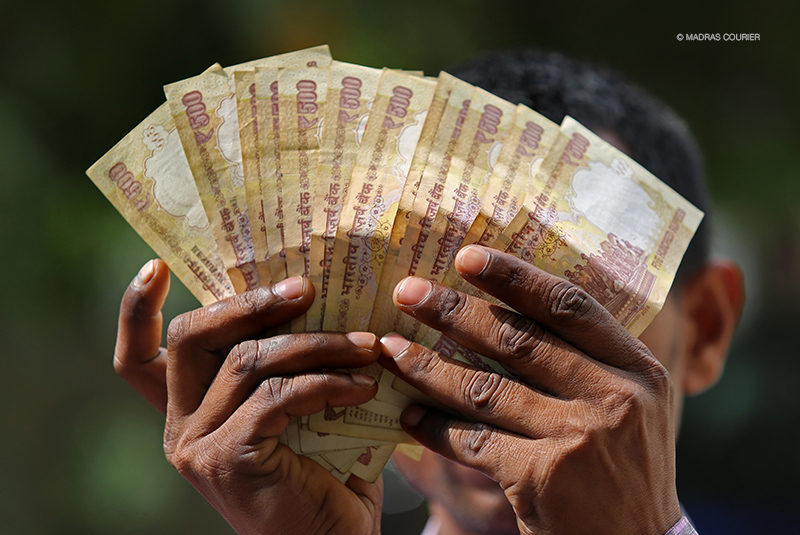“I promise to pay the bearer the sum of five hundred rupees,” reads the motif of the 500 rupee note. This promise turned hollow overnight, as 86% of India’s cash stock was declared worthless by the Prime Minister.
With long queues at banks and ATMs across the country, demonetization has turned the base problem of fiat currency into a billion lived experiences. People have learned that money is a store of value only as long as the authorities consider it one. But the history of Indian currency has many moments where stores of value became stores of nothing – though not necessarily overnight.
Muhammad bin Tuqhlaq switched from a gold and silver based currency to one of brass and copper, in 1330 A.D. The coins were easily forged by skilled goldsmiths, however, and led to a flood of duplicates that dropped their value dramatically. By 1333 A.D., the new currencies were abolished.
It was in 1540 A.D. that the first official ‘Rupiya’ was minted – this time by Sher Shah Suri of the Sur dynasty. A tri-metal series of gold, silver and copper coins, it would become the standard currency of much of the subcontinent over the next few centuries.
Copyright©Madras Courier, All Rights Reserved. You may share using our article tools. Please don't cut articles from madrascourier.com and redistribute by email, post to the web, mobile phone or social media.Please send in your feed back and comments to [email protected]











